An ideal hair transplant outcome should be natural and undetectable with a restoration of a face-flattering hairline as well as overall coverage. But in fact, there is another group of patients who do not want a radical transformation. Their goal is to have an improvement that is not readily perceptible to others including family and friends. They are want not just look a natural look, but subtle hair transplant results that others would hardly take note of. Another apt term for this approach is minimal hair transplant and minimalist hair transplants.
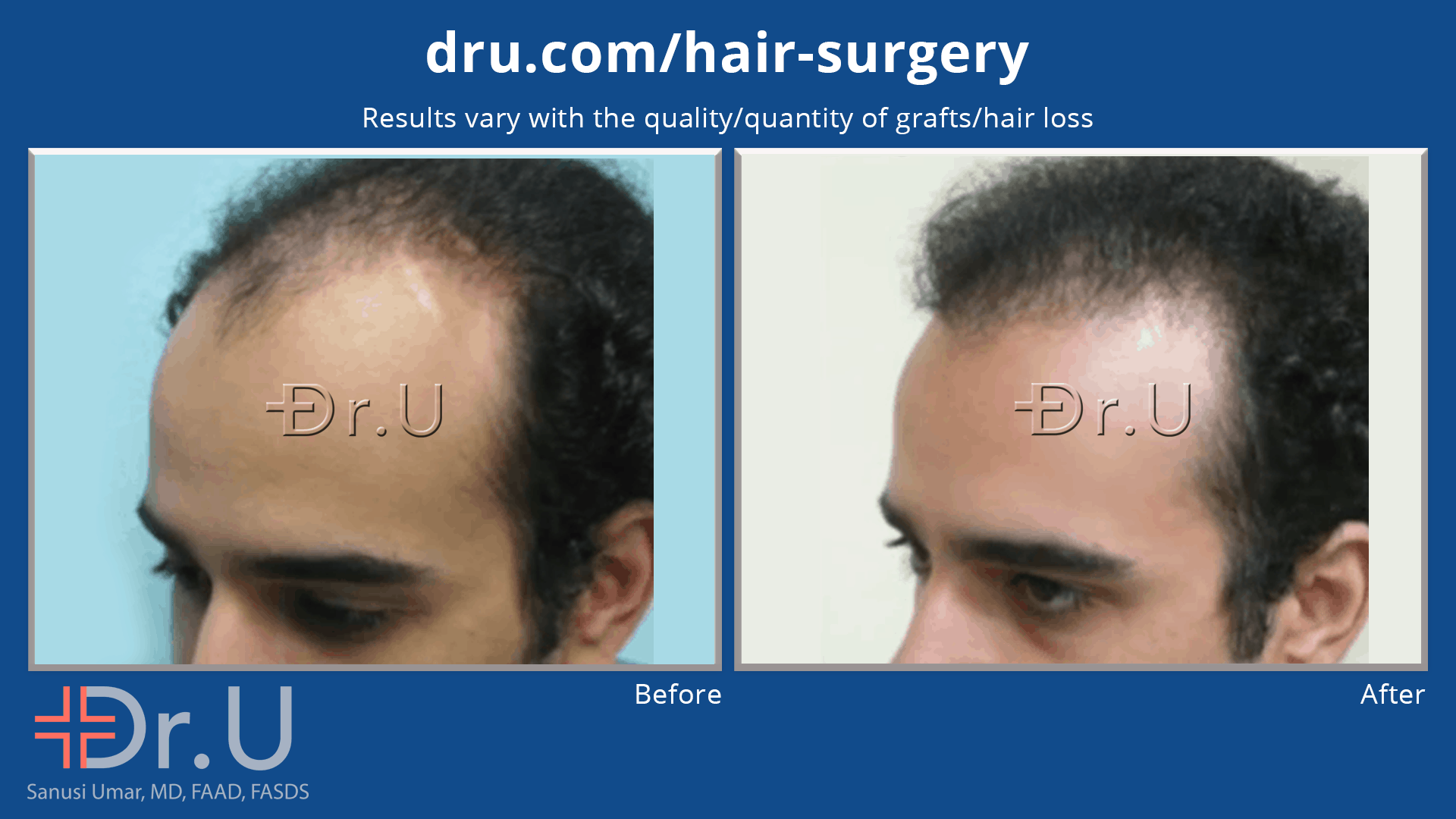
The Results of a Subtle Hair Transplant Can Be Denied
According to Dr.U, the premise of a subtle hair restoration procedure is the empathetic awareness of real life social context and public persona which surrounds an individual, that a person’s physical appearance can tremendously affect their reputation with others, especially in the sphere of work colleagues, friends and social groups, like their church congregation and barbecue outings. Another class of individuals where this can have significant ramifications are celebrities, political leaders and royalty with a very recognizable public facing persona. In all these situations, an obvious hair transplant results could have dire consequences.
The ultimate goal in a subtle hair transplant is not to go for the age reversing look with aggressive hairline or even density, rather, it is to provide an improvement that cannot be picked up as resulting from a hair transplant, but as an overall youthful look that the observer cannot put a finger to. This kind of hair transplant does not follow the rule of thirds in crafting hairlines.
With a subtle hair transplant, the degree of coverage and improvement is planned and crafted accordingly, so that the hair transformation is not blatantly noticed by others.
With subtle results, they would be able to achieve enough improvement to regain a positive self-image. The best part of all, for the sake of their public facing image, is that they could even deny that they had surgery, without the risk of raising questions or doubt. It is the type of hair transplant that one can attribute to “eating better”, using “better hair products” or even “hair vitamins” which some conservative circles may not judge to be vain. A “Subtle hair transplant” if a minimal hair transplant that is so well done , the person can deny they had it even to those who are familiar with how they normally looked.
Video OF Dr U Explaining Subtle Hair Transplant In Detail
In this video Dr U explains what subtle hair transplant is, as well as methodology, patient selection and Results
Unnoticeable Hair Transplant By Dr U: How To Get A Hair Transplant You Can Deny To Friends Or Family
For more details on subtle hair transplants visit: https://dru.com/subtle-hair-transplant-a-natural-looking-minimal-hair-transplant-by-dr-u/ For free online consultation with Dr U: https://dru.com/hair-free-consultation/ Visit our patient results gallery here: https://dru.com/patient-results-los-angeles-hair-clinic-gallery/ It’s not supposed to be drastic nor noticeable. However there is certainly a slight change in appearance. That’s the simplicity of a Subtle Hair Transplant.
The Key Visual Details For Subtle Hair Transplantation
With this more specialized approach to hair restoration, the recreation of the hairline and temples involves a different set of considerations. Rather than aiming for the original hairline placement of their youth, the goal is usually just one or two Norwood stages of hair loss, prior to their current presenting state.
Also, for these outcomes, we consider the thinness of hair seen at more mid to advanced stages of hair loss. This reduction of caliber results from hair follicle miniaturization processes
A gradual decline in the hair’s thickness is an absolutely necessary detail in order for results to look as realistic as possible. The goal, of course, is to not have eyeballs gravitating towards the regions where work was done.
By contrast, the use of regular head hair would produce harsh, abrupt and attention-drawing edges.
So if you are wondering how it is possible to even achieve thinner hair for a subtle hair transplant, here is the answer.
Dr U specializes in harvesting any and all types of hair using patented technology that we developed ourselves (i.e. the Dr.UGraft system). This gives him the ability to safely acquire as many hair follicle grafts as he needs from areas like the nape, or even the legs. We have also created an assessment called the FUE Shave Test, published in Aesthetic Surgery Journal. With this diagnostic, Dr U can tell, in advance, which patients are qualified to benefit from the long-term and permanent use of nape hair.
Following the extraction phase, Dr U then inserts each graft according to very specific hair growth patterns to mimic the appearance of a specific hair loss stage.
Real Life Patient Examples of Subtle Hair Restoration Results from Dr. U Clinic
Dr U has over a decade of experience in creating subtle hair transplant results in discerning patients to the extent that the transformation is not readily discerned by those familiar with the patients prior to a hair transplant. Often, they get remarks like, something has changed about you, you seem younger, from people who ultimately could not figure out that the hair was what changed. These individuals range from the guy next door to celebrities, industry leaders and political heavy weights. The following are examples of some of Dr. Umar’s subtle hair transplant results.
This gentleman only wanted to achieve a very small degree of improvement. As you can see from these photos, his hairline had progressed to a noticeable extent. He became very unhappy with seeing a much larger sized forehead, classified as Norwood 3 baldness. Instead of a drastic improvement, he wanted a subtle hair transplant instead, while remaining at NW3.
Dr. Umar harvested and inserted a combination of head and nape hair to create the patient’s desired advancement to produce this incredibly realistic looking outcome without advancing his hairline.
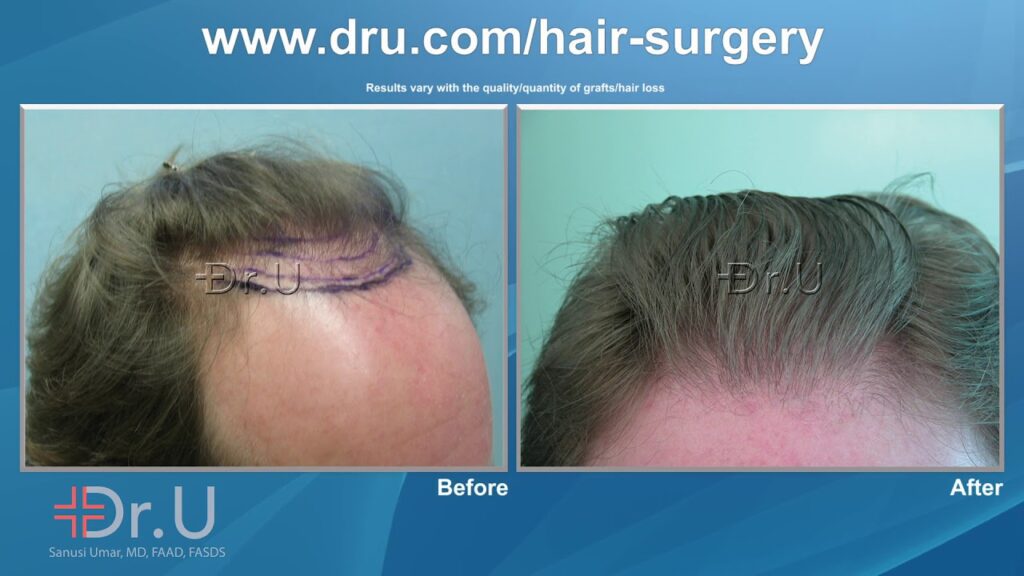
Here are other patient examples:
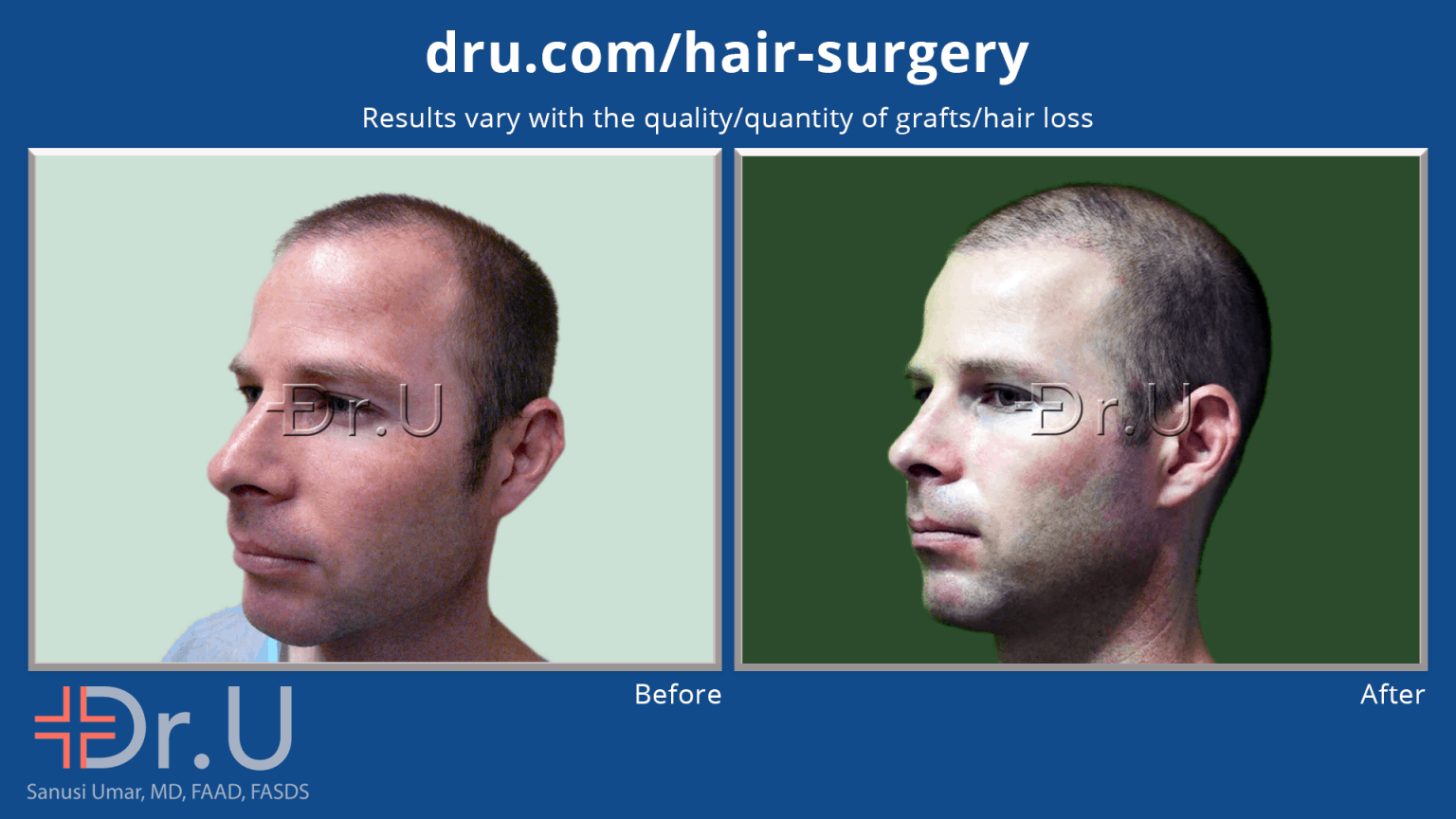
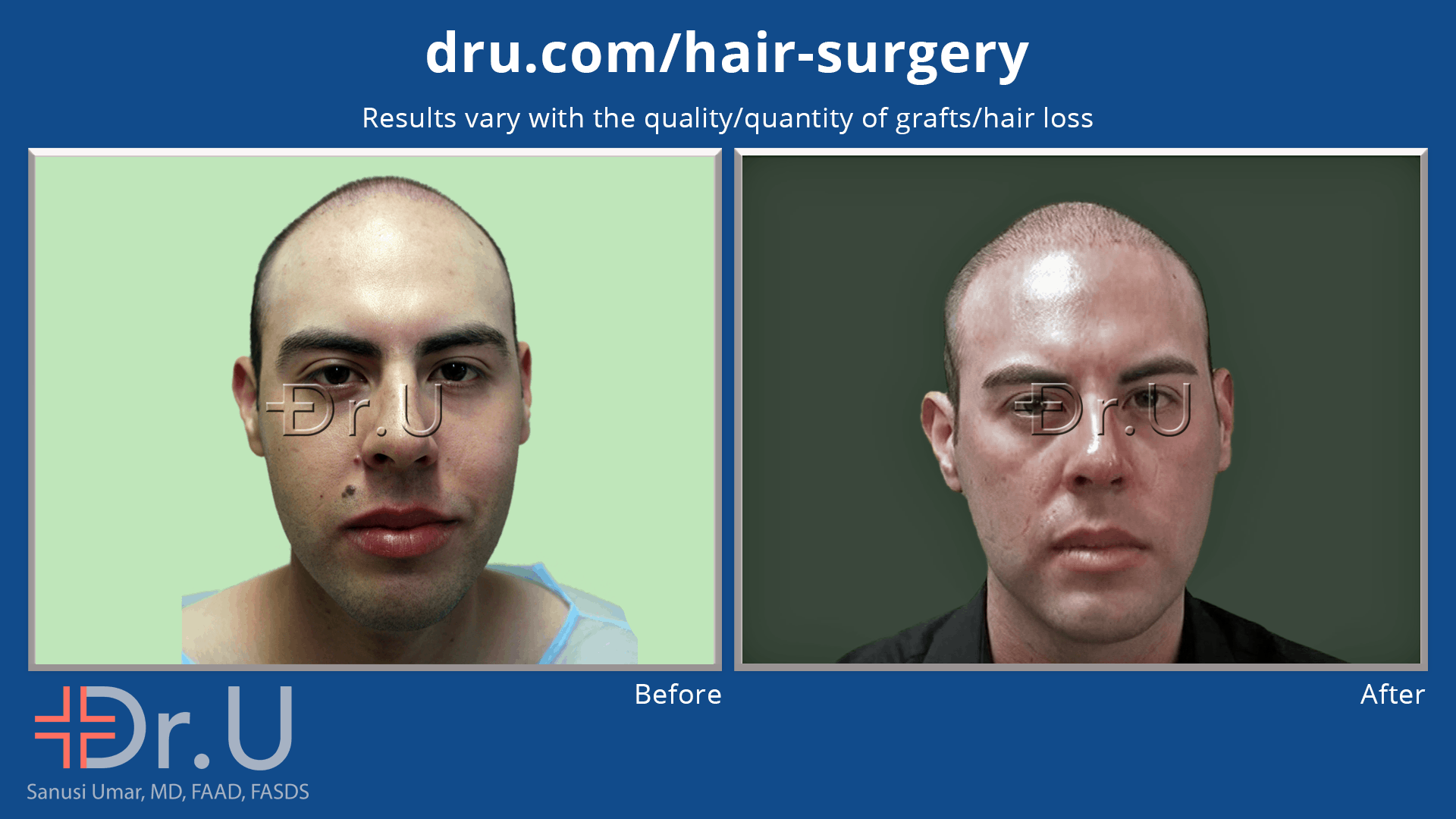
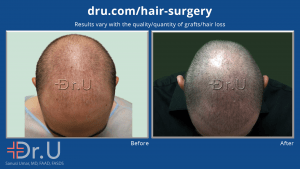
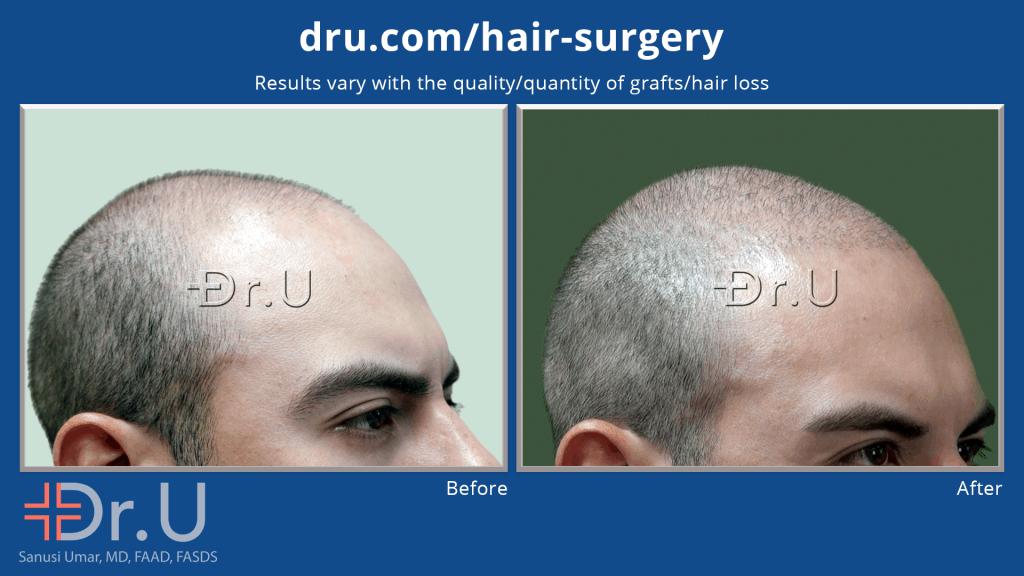
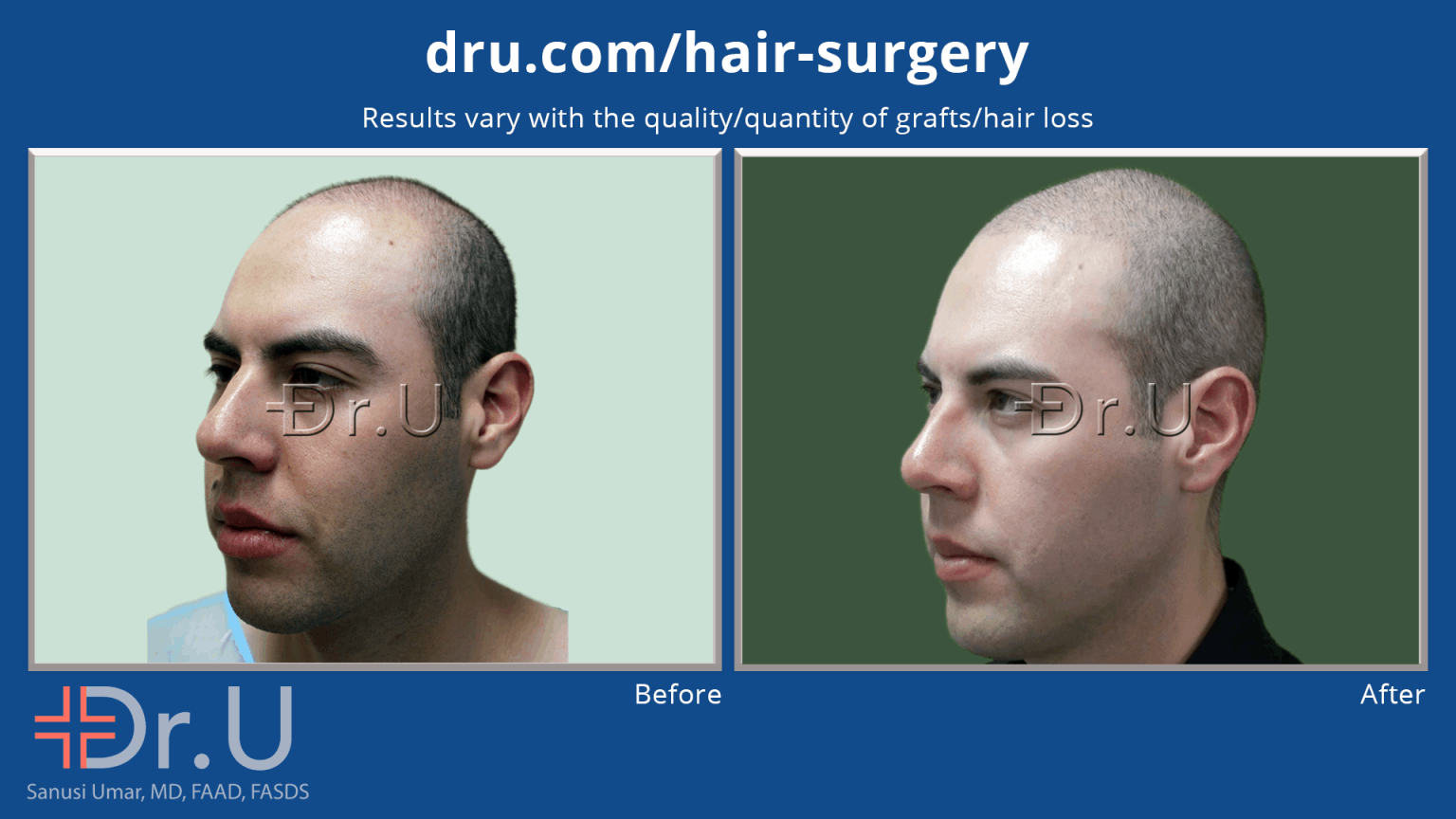
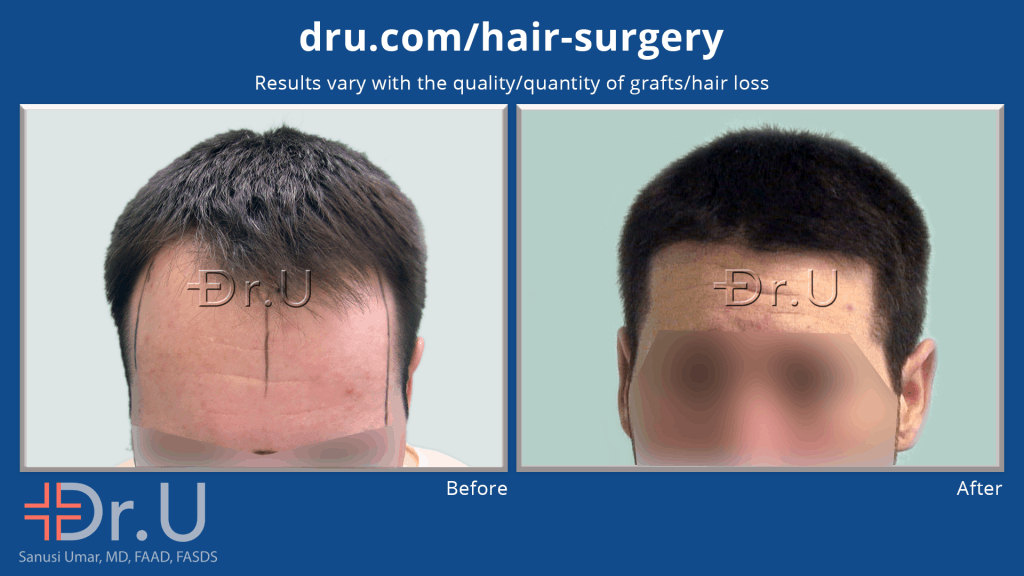
Why Subtle Hair Transplant Results Matter – A Closer Look At Societal Expectations and Human Tendencies
Whether we admit to it or not, roles and expectations are placed upon us on the basis of our gender and other factors, like the position(s) we hold in society.
The male archetype, for example, is supposed to be powerful, strong, logical and unemotional. When pattern baldness strikes, men have to be strong about it and adopt the attitude of not caring about their hair loss. Leading magazine publications advocate shaving the entire head and moving on with life as usual.
Historically, and even cross-culturally, women are the ones who place priority on their physical appearance. As for males? Not so much. For example, according to the Journal of Public Policy and Marketing, there is a major difference between male and female concerns over physical appearances which carries implications for consumer behavior. Due to these prevailing attitudes, women would be more likely than men to opt for cosmetic procedures [1].
Men who hold high positions of power and influence, at the heads of states, nations, monarchs, and royalty, and heads of industry and companies, for example, are often expected to display these qualities to a much greater degree.. Their sole focus and duty lies with the welfare of the people they lead. Any display of concerns over their physical appearance which could potentially harm their public reputation. Head of nations and political leaders would prefer to look youthful and powerful without the perception that they had done anything specific to make it so, not especially an involved surgical procedure. A political leader would rather his/her constituents thoughts of him or her evoke imaginations of that 12-point health plan they have as their main reason to expect re-election than images of that politician on a surgery chair undergoing a facelift surgery. It is not farfetched for a voting booth decision to be more so influenced by such images on the subconscious level than the a 1 billion dollar advertisement assault. Celebrities and entertainment industry pop idols who owe a lot of their career to their looks. Inherent in the followership and those they influence is the covenant that they are super-humanly in supreme shape and form that is all genetically imbued and everlasting. This covenant suffers a dent when it becomes obvious that a massive amount of surgeons work was needed to get or maintain that look. Over the past several years, Dr U has registered success in providing subtle hair transplant results that meet specific sensitivities of individuals in who these considerations are paramount.
The Hair Loss Example of Prince William, the Duke of Cambridge
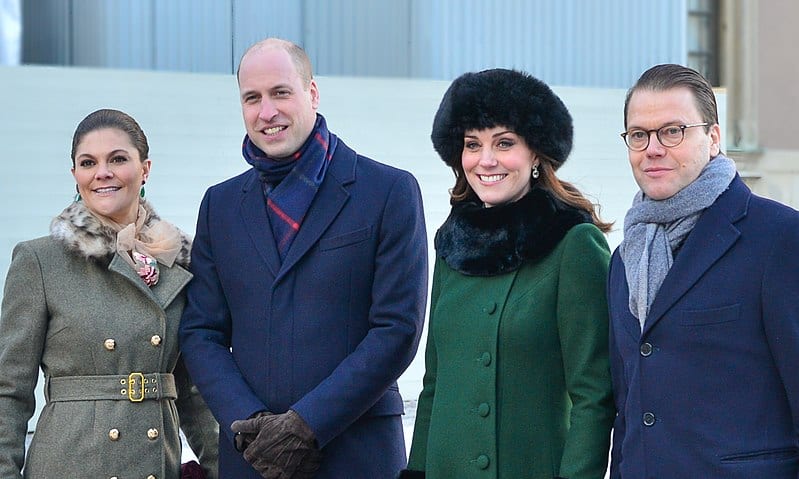
Prince William once sported a handsomely cut, full crop of hair, whose golden color closely matched his mother’s, the late Princess Diana. In the eyes of many, he held the type of image most people have in their mind’s eye when they think of a fairy tale prince. And perhaps this has more to do with Disney and illustrations in children’s books than anything else.

In reality, royalty does not prevent male pattern baldness. As the years went on, William started losing his hair before the world, sparking ongoing discussion and attention in the media. Headlines like the following have become quite commonplace in regards to this topic:
- What Happened to Prince William’s Hair (USA Today)
- Prince Harry and Prince William Are the Receding Hairline Heroes We Deserve (In Style)
- Kate Middleton Jokes About Prince William’s Hair All the Time (Marie Claire)
Despite the scrutiny and pressure, he has received praise for upholding the Windsor family tradition of not covering up signs of male pattern baldness. Instead, he has recently chosen to wear his remaining hair in a shorter, much more closely shaved style.
IB Times asked the question of why Prince William has not chosen to get a hair transplant. Certainly, members of the royal family can afford the procedure. According to their article, he is quite aware that a hair transplant will generate massive attention from the media, a frenzy that he does not wish to ignite.
IB Times also added, “getting back his thick locks isn’t one of his priorities…What matters is the Duke of Cambridge’s personality. Prince William is intelligent, has a high-minded character, and has a strong sense of duty.”
Dr. U is sensitive to these types of expectations and the needs of patients whose lives and work depend on their reputation with large numbers of people. For those who do decide to choose the more specialized subtle hair transplant procedure, these particular individuals are able to look and feel like a better version of themselves without disrupting the perception the public has of them or their personal, social and professional standing. According to Dr U, when dealing with leaders of society, we go with the realization that we are dealing with the symbol of a country, a people, a culture, etc which that individual represents. Anything done must not affect the perception the involved society would have of that symbol.
Frequently Asked Questions
Can a subtle hair transplant be done at a much earlier stage of hair loss?
Yes, Dr.U’s subtle hair restoration procedure can be performed for any phase of baldness. Patients do not have to wait until they reach moderate or severe stages. The whole idea behind this procedure is to achieve improvements that other people would not be able to really notice. Yet smaller and subtler procedures can be done subsequently to maintain the look achieved by the first procedures in order to keep up with hair loss progression in the ensuing years.
Why is the choice to get a hair transplant done still being judged when more people are having them done nowadays?
Although hair transplantation is gaining more and more acceptance, many people still maintain conventional views of themselves and their physical appearance. In some situations, these views are dictated by the circumstance of the individual and societal expectations. Such expectations may be such that they should not be perceived to have had work done or that they are supposed to sustain their looks naturally or accept their natural look.
Why would thinner hair from the nape or body require specialized technology and skill to have them extracted?
At our clinic, we have observed that the thickness of the skin is the main contributor to hair transplant graft transection. Different terrains will affect how a punch engages with the tissue which may actually harm and transect the grafts. The nape area (even more so with body hair) is softer with thinner skin, requiring a much gentler punch performance in order to safely harvest these grafts
What if I want a final result that is more radical but still want the impact to be minimal among family friends or my fan base?
No worry. For individuals who fit this category (i.e want their transformation to go largely unnoticed, Dr. U has adopted the subtle hair transplant approach with the aim of more gradual and incremental transformation. Here, subtle hair transplant sessions are done spaced at intervals to effect a transformation that manifests gradually without creating a stir within family and friends circle or throngs of adoring fans for the celebrity
Can public figures and celebrities desire aggressive transformations hair restoration instead of a subtle hair transplant?
Yes, of course, some pop culture celebrities want to have aggressive but natural transformations. Dr U is adept at meeting such requests that would result in radical transformations. Whether these celebrities have had a prior poor transplant, they are severely bald or want their receding hairline revered to a new radical hairline, Dr U is able to achieve these with resounding success. Examples are shown here:
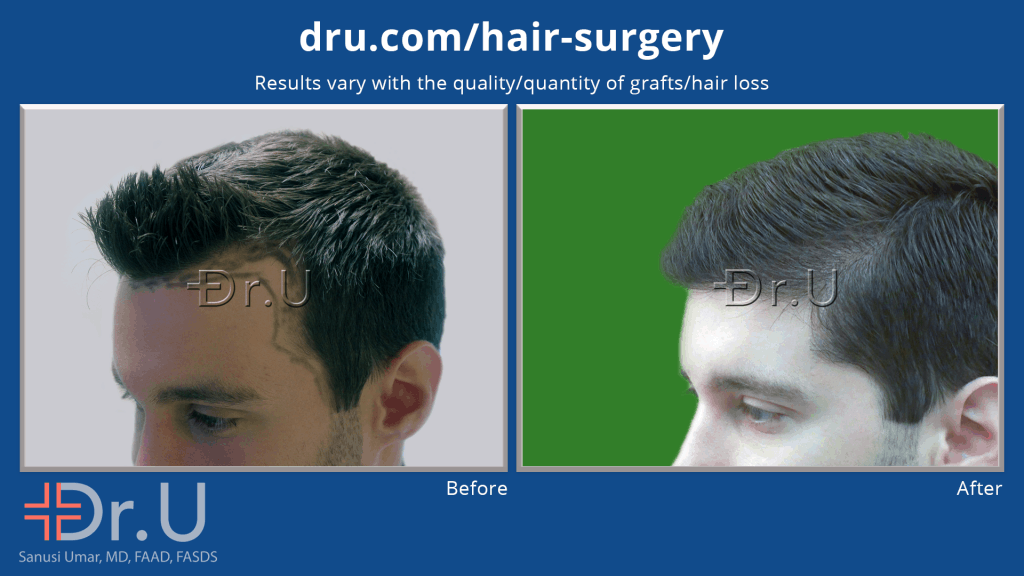
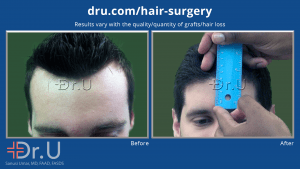
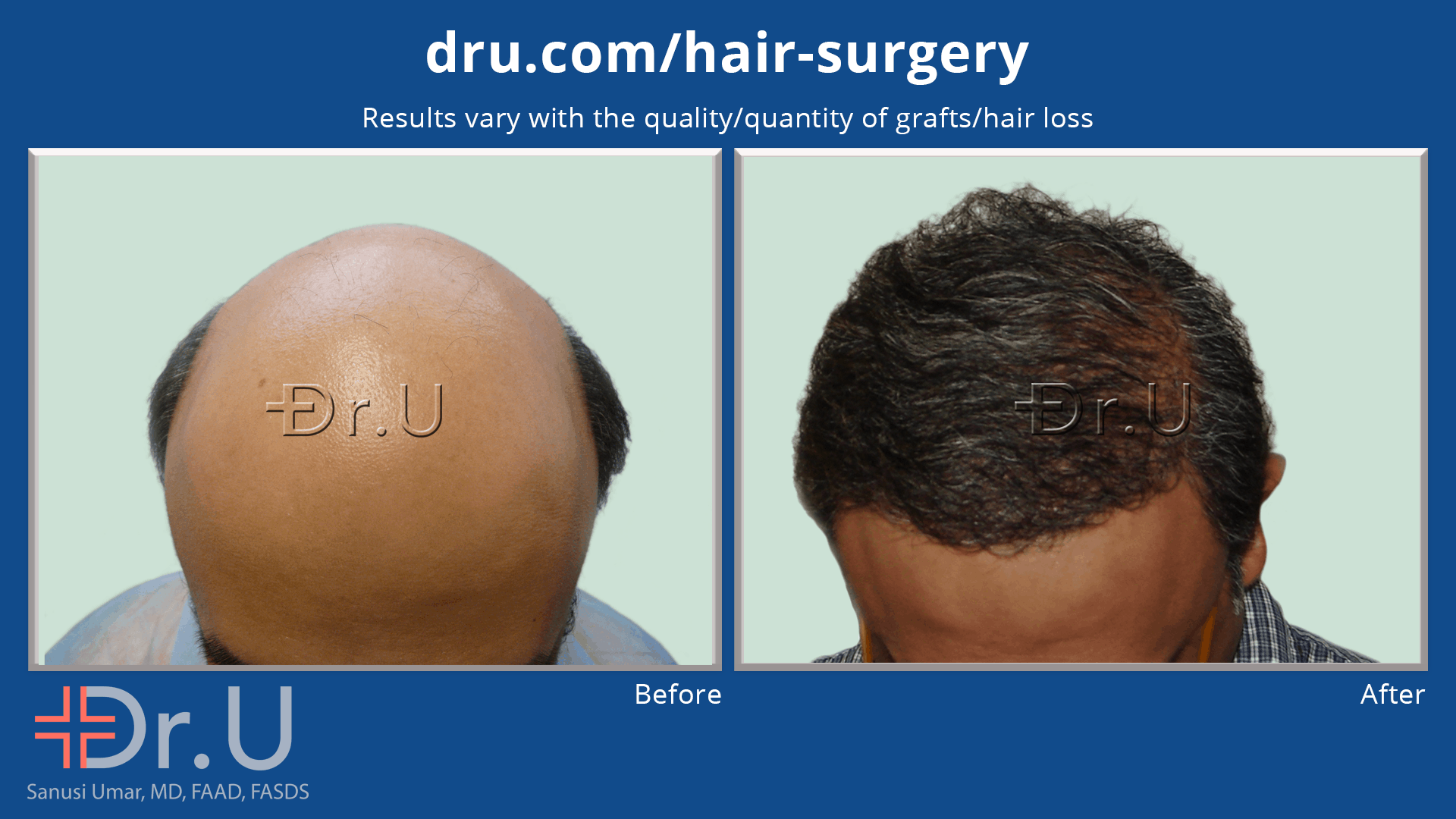
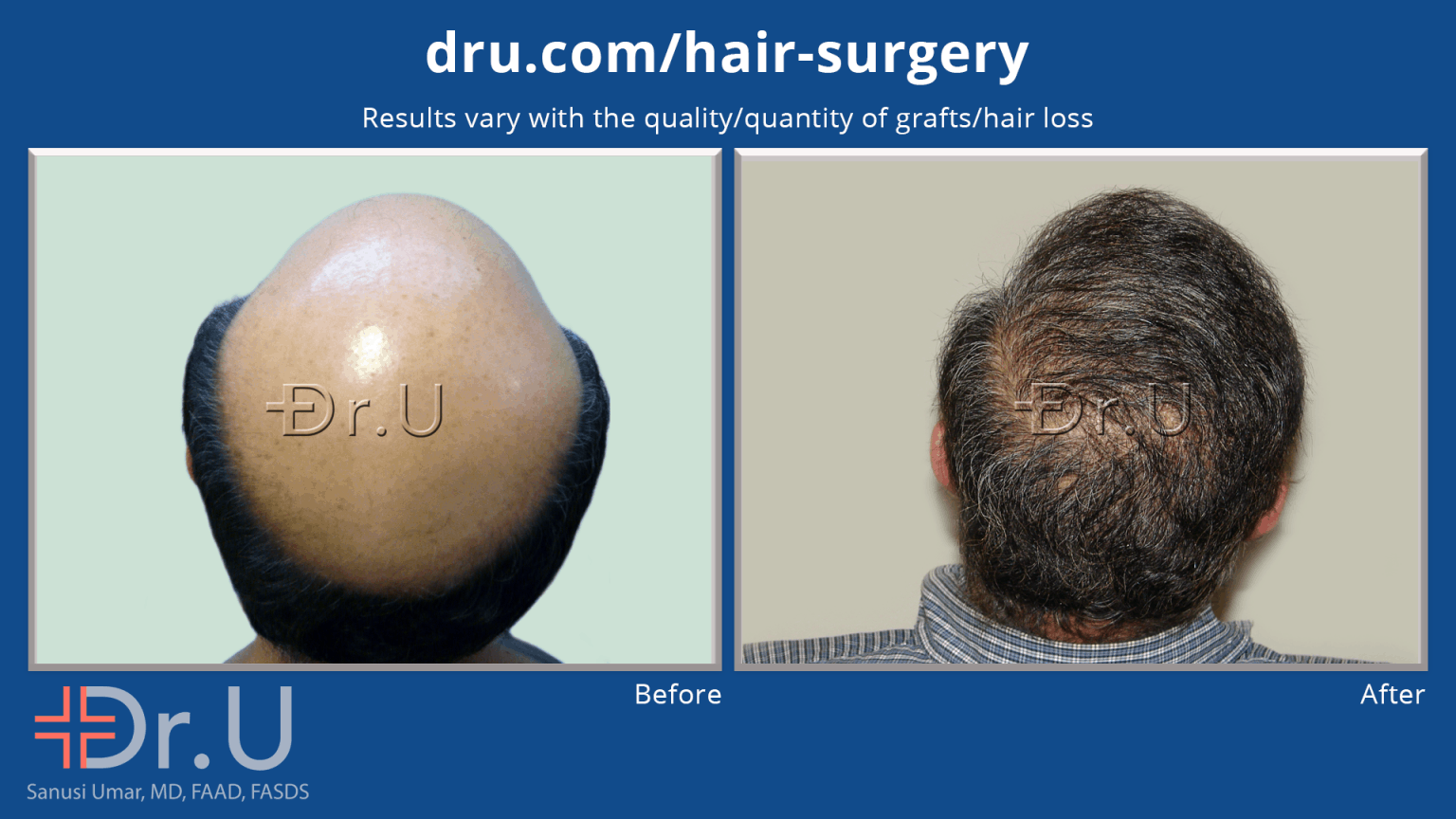
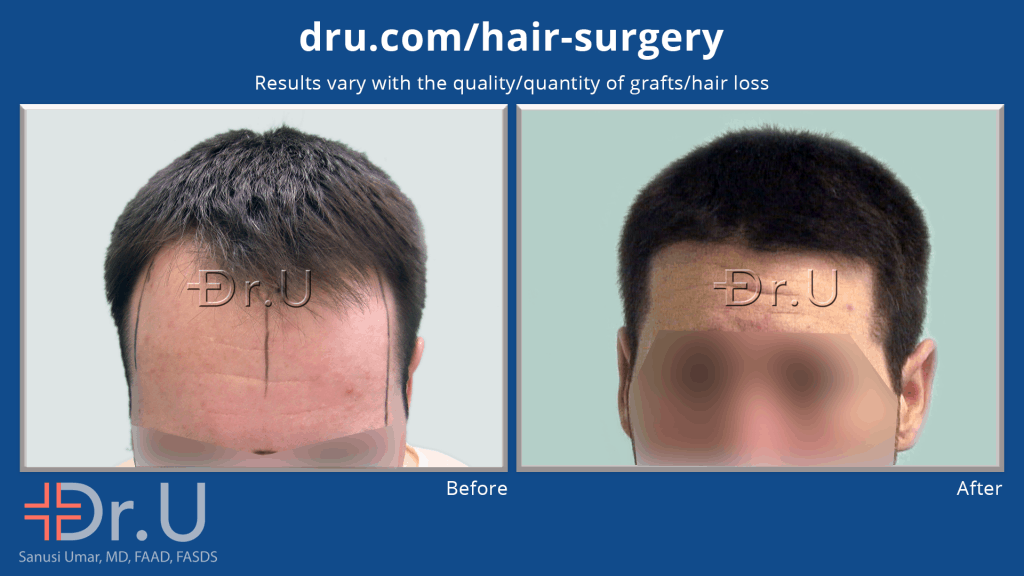
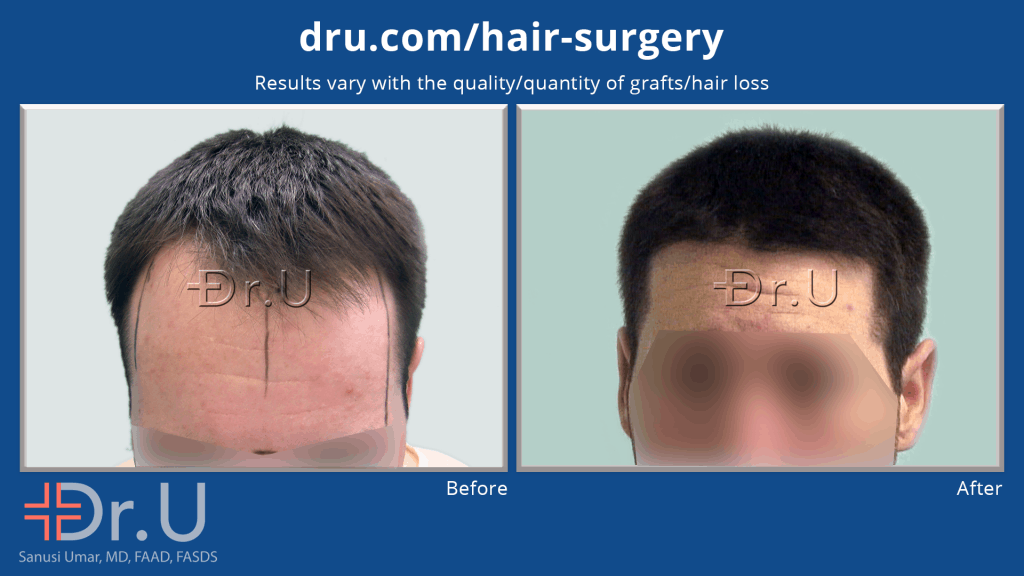
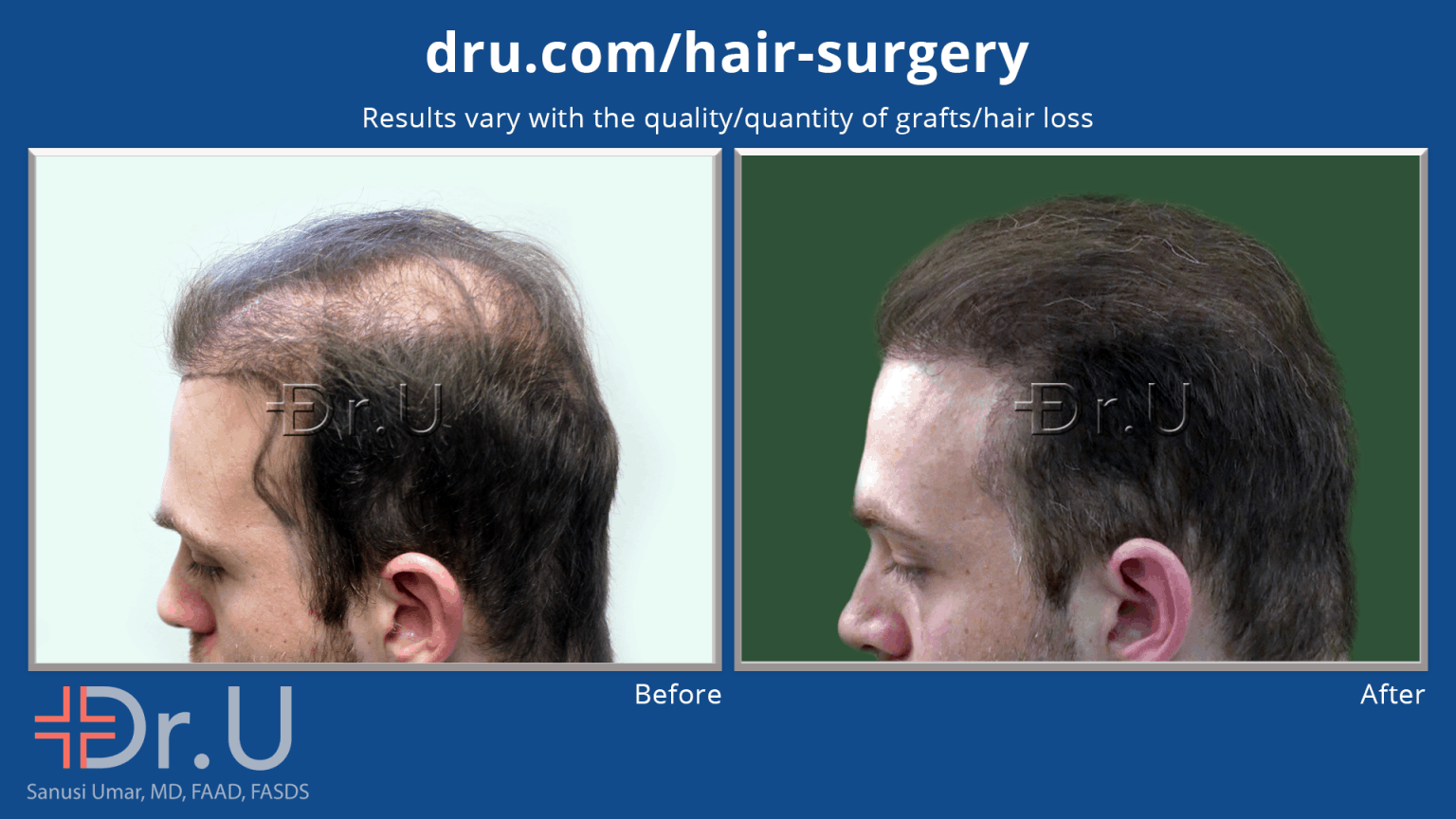
Front view of repair patient’s hair line *
Dr.U’s hairline for this repair patient gives him the normal and natural looking appearance he wanted for so long, after his botched hair transplant *

Reference
[1] Gender Differences for Appearance-Related Attitudes and Behaviors: Implications for Consumer Welfare, Scot Burton, Richard G. Netemeyer and Donald R. Lichtenstein, Journal of Public Policy & MarketingVol. 14, No. 1 (Spring, 1995), pp. 60-75
Further Reading
What is the Dr.UGraft Hair Transplant System?
